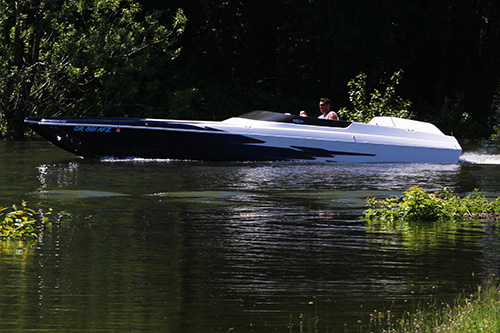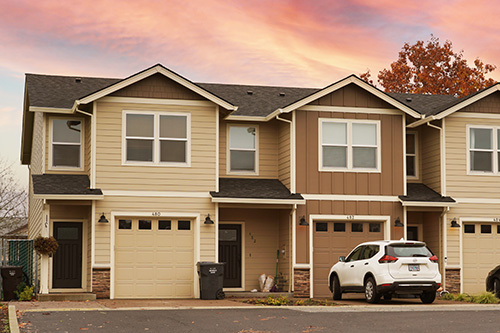I recall a day when a prospective client came into my office, sat at my desk, and asked for a quote. I would have to open a manual and write down the figures based on the driver’s gender, age, marital status, and what he claimed was his driving record. Then, in a different section of the manual, I’d look up the model of the car. Most cars were the same price for liability insurance. They differed in cost if the insured wanted full coverage. A factor or symbol would apply based on a scale of 1 to 35. Most cars fell in the 5 to 7 range. A luxury car would fall in the 12 to 15 zone. The higher the number, the more costly the full coverage insurance.
Read more: Does Technology Improve the Insurance Experience?
 Many insurance companies that offer coverage for recreational vehicles give you two choices. You can either add a motor home to your auto policy or purchase a separate recreational vehicle policy. The same goes for motorcycles. Many homeowner insurers allow you to combine boats, snowmobiles, and other powered equipment with the main property and liability policy to save time and money.
Many insurance companies that offer coverage for recreational vehicles give you two choices. You can either add a motor home to your auto policy or purchase a separate recreational vehicle policy. The same goes for motorcycles. Many homeowner insurers allow you to combine boats, snowmobiles, and other powered equipment with the main property and liability policy to save time and money.
Read more: Insurance Companies Move to Separate Recreational Vehicles onto Their Own Policies
 Renting a house, townhome, or apartment just got a little more complicated. Oregon law, since about 2010, requires landlords to request renters' insurance from tenants. A renters' policy covers more than one may expect. Not only does it protect your property, but it also provides liability coverage in case you injure someone else arising from a personal activity.
Renting a house, townhome, or apartment just got a little more complicated. Oregon law, since about 2010, requires landlords to request renters' insurance from tenants. A renters' policy covers more than one may expect. Not only does it protect your property, but it also provides liability coverage in case you injure someone else arising from a personal activity.
Read more: When did buying renters insurance become mandatory?